-
Welcome to 4Runners.com!
You are currently viewing as a guest! To get full-access, you need to register for a FREE account.
As a registered member, you’ll be able to:- Participate in all 4Runner discussion topics
- Transfer over your build thread from a different forum to this one
- Communicate privately with other 4Runner owners from around the world
- Post your own photos in our Members Gallery
- Access all special features of the site
5th Gen 4Runner Overland Build
Discussion in '5th Gen 4Runners (2010-2024)' started by strannik, Feb 4, 2024.
Page 1 of 2
Page 1 of 2

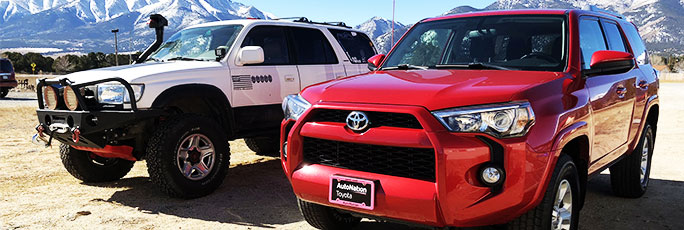
 Back window vent
Back window vent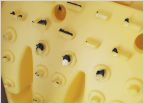 What happens if I get a flat while driving on the beach?
What happens if I get a flat while driving on the beach? Dashboard “glass” hazy
Dashboard “glass” hazy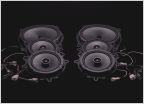 Kicker speaker replacement - any good?
Kicker speaker replacement - any good?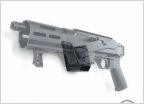 Rifle mount
Rifle mount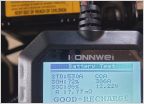 Battery Tester
Battery Tester
















































































